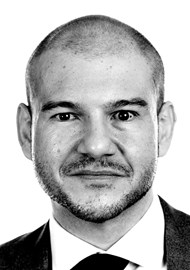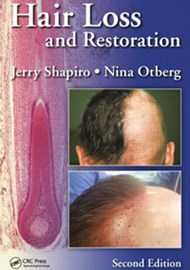Shapiro and Otbeg elegantly address the causes of hair loss, both idiopathic and pathological, and explain the treatments currently and the evidence behind them
Our understanding of the pathophysiology of hair loss has evolved greatly in recent years. Before the authors discuss the many causes of hair loss, their clinical features and how to treat these, they start from the beginning. That is to say, they start with describing how a hair loss consultation should be conducted, and then go on to describe the examination process. History and examination are cornerstone to consultation and enable diagnosis, which will then dictate treatment. This is often neglected. Shapiro and Otbeg do not just mention this but dedicate the entire first chapter to this.
I think this sets the tone for the entire book. It defines who the book is for and how to use it. I believe the book is intended for everyone with an interest in hair loss. It is for those starting out a career in hair restoration surgery or trichology as much as it is for those experienced in the field, looking to brush up their knowledge on the pathophysiology of the causes of hair loss and maybe even examination techniques.
The authors also reach out to another set of colleagues. those in aesthetic medicine. This is certainly an ever-developing field, one where a practitioner’s remit can and has spread beyond facial injectables (provided of course, the appropriate training is undertaken). Many patients, both male and female, attend aesthetic clinics concerned about their hair loss. At times female patients will enquire for their partner or son. This book is a great start for anyone wishing to learn more about hair loss and further train to offer hair loss treatments.
Hair Loss and Restoration is a wonderful starting point to educate practitioners new to the field, and teach them some fundamentals of hair anatomy and physiology, the causes of hair loss, as well as which treatments are supported by the science. The recommended treatments are based on the most up to date science at the time of writing. This will of course age with years, however it is a great reference point to learn the fundamentals of how to approach a patient with hair loss and which modalities of treatment are appropriate.
The book is laid out well with images (of the different forms and causes of hair loss), tables and diagrams all clear and of great quality.
I have certainly learnt a lot from this book. It has added value to my aesthetic practice and therefore allowed me to be better for my patients. I would recommend it to anyone interested in hair loss and restoration.





